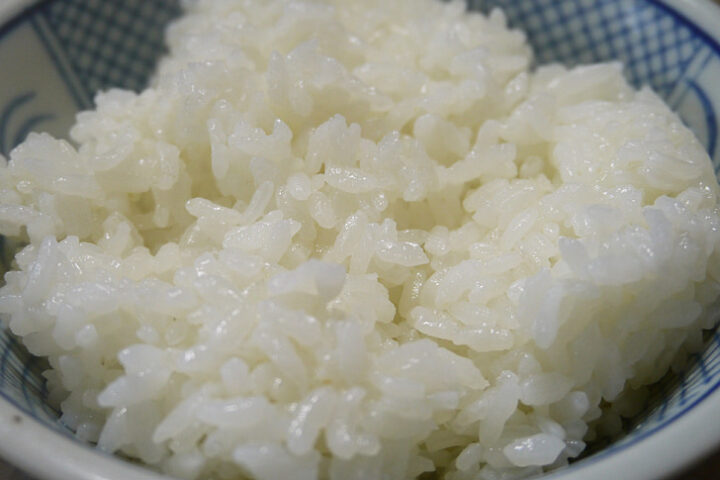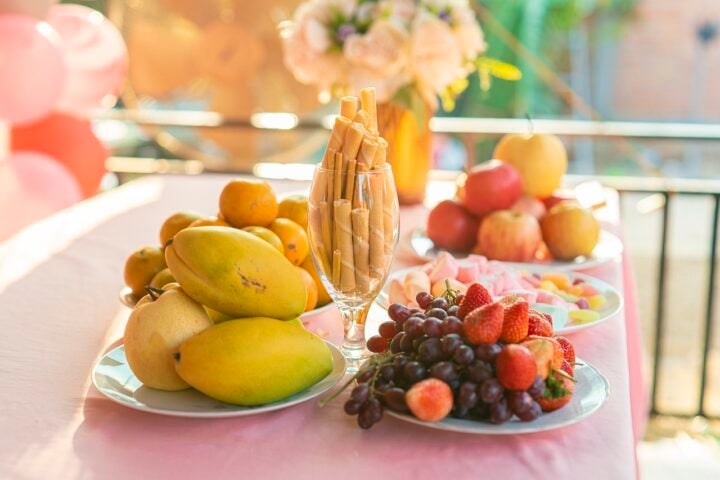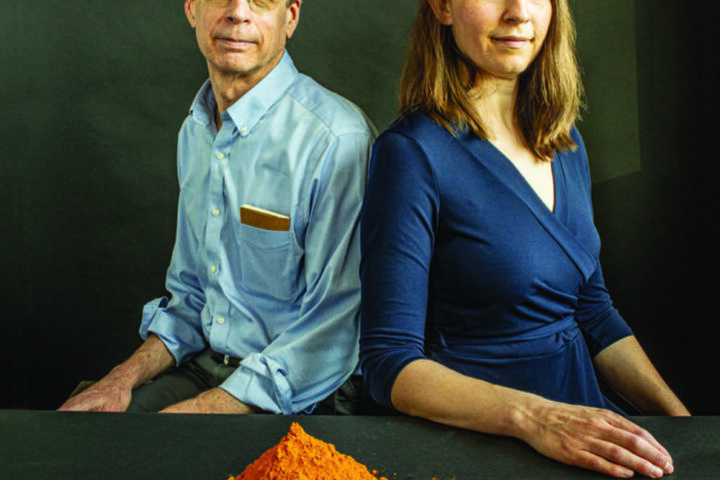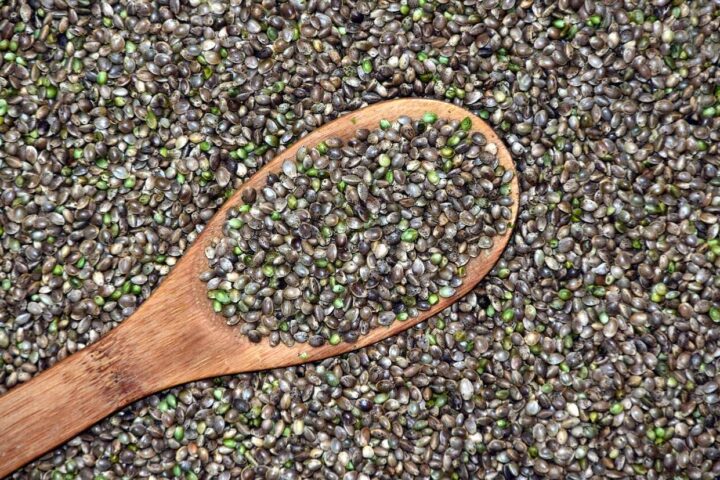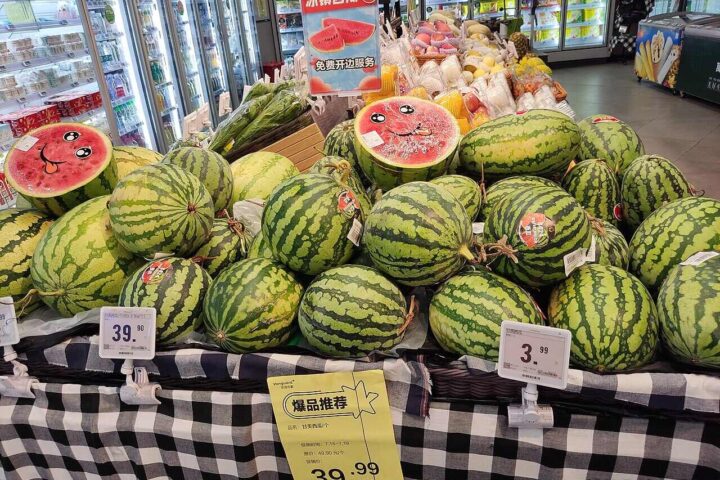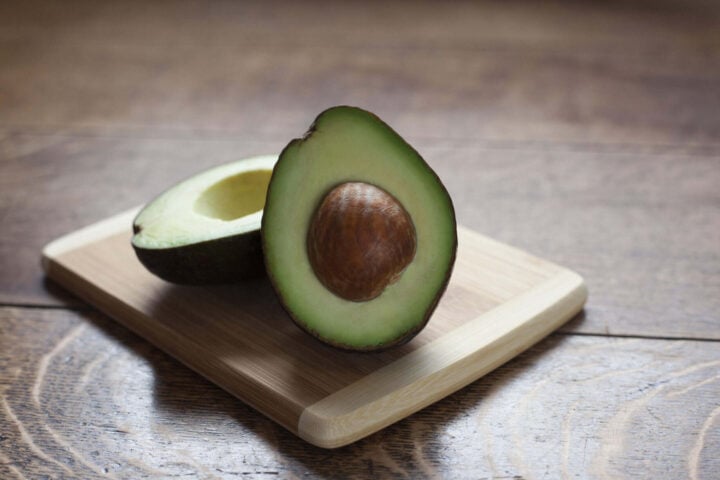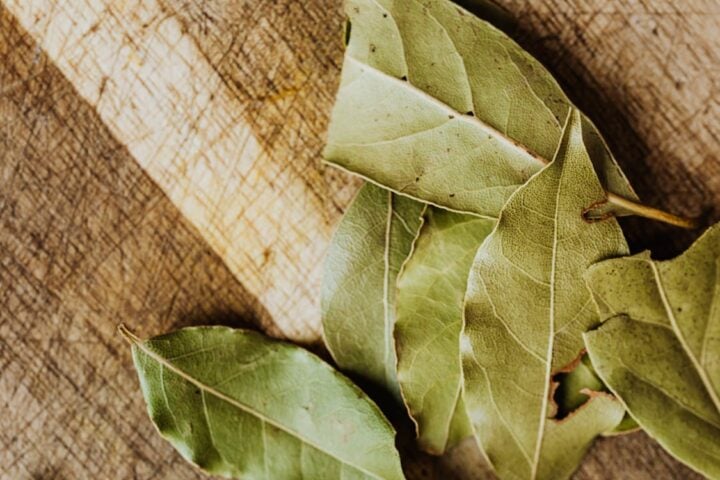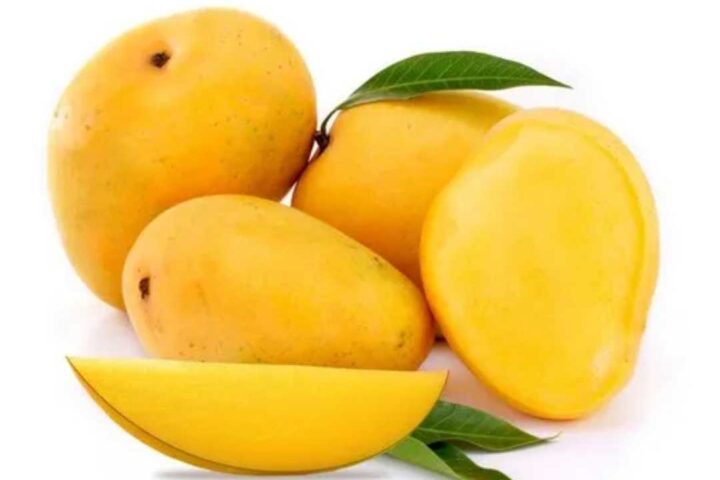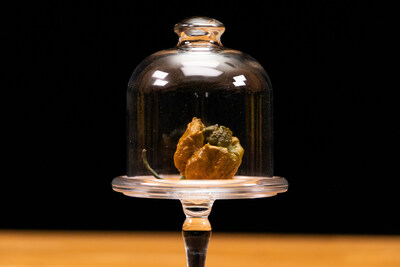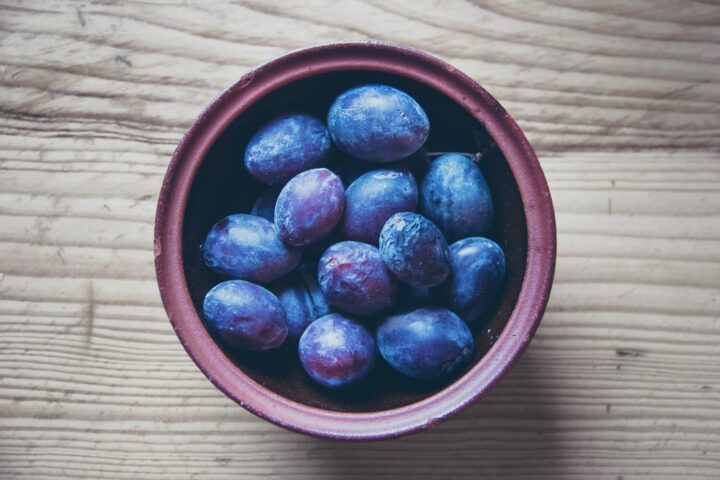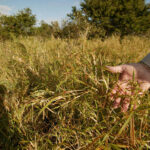Navigating through the lush, vibrant waterways of the Mississippi, one encounters a peculiar sight: Asian carp, leaping in a chaotic ballet, disrupting the tranquil waters and the ecosystems beneath. These aquatic invaders, alongside apple snails, wild boars, and nutria, have carved a path of ecological disruption across the United States, prompting a unique, flavorful response from a seasoned culinary artist, Chef Philippe Parola.
The Uninvited Guests of Our Ecosystems
Asian carp, with their prolific breeding and insatiable appetite for plankton, have nudged out native fish species, altering the aquatic tapestry of our waterways. Apple snails, with their voracious appetite for aquatic vegetation, and wild boars, with their destructive habits and potential to spread diseases, have similarly become unwelcome guests in our ecological home. Nutria, despite their rat-like appearance, belong to the family of water rabbits and squirrels and are strictly vegetarian, contributing to erosion by consuming vegetation in marshlands.
Chef Parola’s Culinary Embrace of Invasive Species
Enter Chef Philippe Parola, a culinary maestro with a heart deeply rooted in environmental stewardship. His initiative, “Can’t Beat ‘Em, Eat ‘Em,” is more than a culinary journey; it’s a spirited, flavorful response to the ecological challenges posed by invasive species.
Chef Parola, with his rich culinary background and a palate for innovation, doesn’t merely see these species as problems. He sees an opportunity, a chance to turn an ecological challenge into a culinary adventure. “You can see how beautiful the flesh is right here,” he remarks, his eyes lighting up at the potential hidden within the often-overlooked Asian carp.
Similar Posts
A Culinary Adventure with a Dash of Environmental Spirit
In his kitchen, Chef Parola transforms these invaders from ecological threats into culinary treasures, crafting dishes that are as delightful to the palate as they are beneficial to our ecosystems. His approach isn’t just about cooking; it’s about crafting a sustainable, flavorful solution to an environmental issue, ensuring that each dish serves both our appetite and our ecosystems.
In a video uploaded on March 23, 2014, Chef Parola introduces us to the nutria, which he describes as “the beast of the bayou.” He demonstrates how to safely and cleanly prepare nutria, focusing on the hind saddle, the most nutritious and appetizing part of the animal. His approach to nutria is not just a culinary experiment but a continuation of his mission to turn ecological problems into sustainable, flavorful solutions.
Savoring the Future, One Dish at a Time
Chef Parola’s work is a gentle reminder that solutions to complex problems like invasive species can be crafted in our kitchens, turning ecological challenges into opportunities for culinary exploration. His dishes, crafted with care, expertise, and a deep respect for the environment, offer a path forward, where each bite is a commitment to a future that is as delicious as it is sustainable.
In essence, Chef Parola’s culinary adventures offer more than just a meal; they offer a glimpse into a future where culinary arts and conservation dance in a delightful duet, crafting a future that is as sustainable as it is scrumptious. So, as we savor each dish, we’re not just enjoying a meal; we’re partaking in a vision, ensuring that our ecosystems, and our future, are preserved for generations to come.

